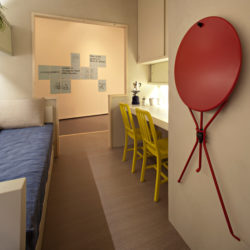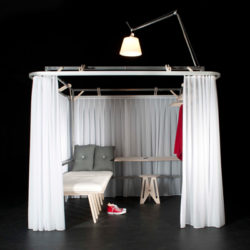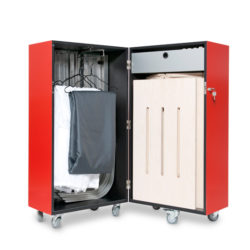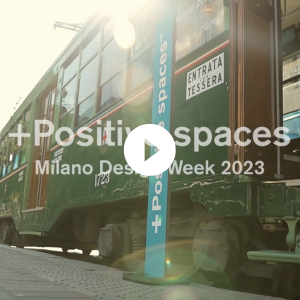Small-sized dwellings yet extremely functional sustainable, technological, user-friendly and possibly travelling.
The starting point was Frankfurt in the early post-war period that, thanks to some archistars – among them Walter Gropius and Le Corbusier –ahead of their time, introduced the application of ergonomics to the house and marked the peak of a busy period of building experimentations. Many of those concepts still hold today: functionality, essentiality, cost optimization, openness to the outside. Today’s “vital minimum” also implies sustainability, prefabrication, automation and a marked social significante.
Captions
1 Freedom Room, design Aldo Cibic: a new hospitality concept, an idea for temporary and social housing in a 4 x 2,7 sqm surface. A low cost, essential housing module (spread hotels, hostels) conceived, designed and made in jail with inmates.
2 Hotello is a 2m x 2m x 2m module, the result of the collaboration between the visual Artist Roberto De Luca and Antonio Scarponi. It is a module conceived to extemporarily inhabit the empty lofts of the contemporary city. Hotello is a portable space packed into a trunk. It contains all the necessary elements for a minimal room: a desk, a lamp, a stool, a shelf, a locker. Hotello consists of a metal structure that supports a translucent and a sound absorbent curtain as well as all the furniture needed to work and rest.
3 Tind, design Claesson Koivisto Rune, presented at Globo Meeting Gallery, is a new type of prefabricated house mainly due to the way in which its inhabitants live: indeed, while enjoying all the comforts of modern technology, they live close to nature even in large urban contexts, which is why they have such a deep respect for the environment and enjoy an anxiety-free existence unknown to other rich western nations.
4 House of the Future by BGA Arq & Design, an itinerant 32m² house especially designed and focused on the market of large sports events that is coming up in Brazil over the next years; technology, mobility and environmental sustainability meet, creating innovative concepts of housing and living well.
5 In Andrea Castrignano’s project “Hi Home”, the purpose of obtaining a system integration was achieved thanks to the clever use of home-automation. All electric and electronic tools dialogue between each other, contributing to wellbeing and maximum comfort in each domestic space.



















